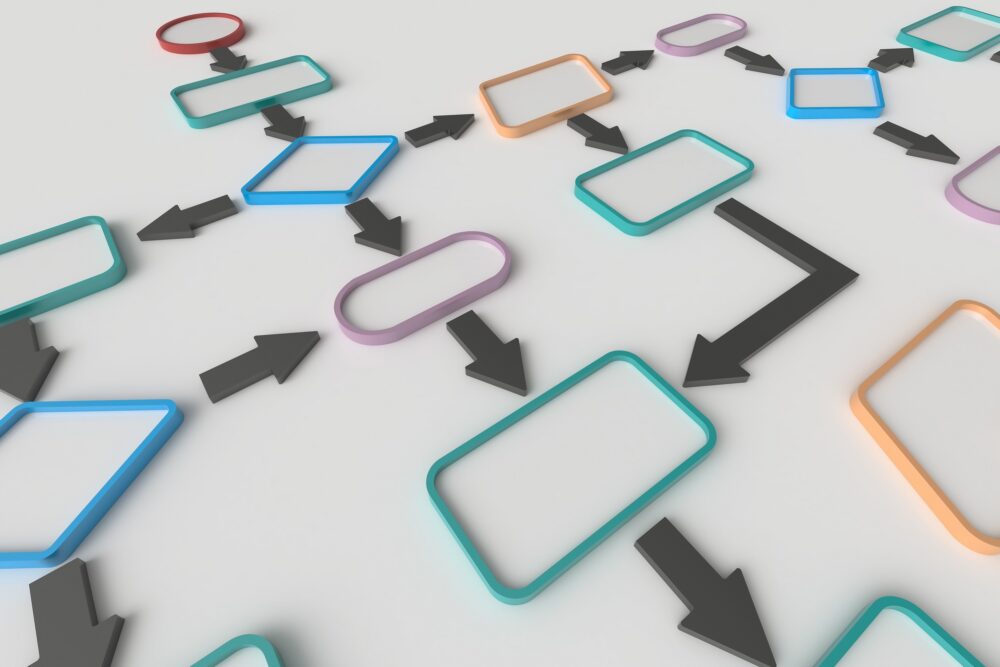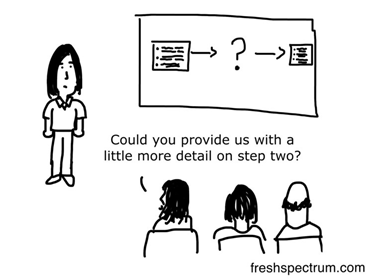
By Dr. Sarah Oxford, ISCRR Senior Research Officer (Evaluation).
Let’s start with a scenario. Your supervisor calls and requests that you spearhead a new program targeting behaviour change among Australian citizens. They iterate that the program must be on budget, and evaluated for efficiency and effectiveness. You’ll be leading a team of 10 people, including various stakeholders. You’ll need to communicate your team’s thinking underpinning the actions or interventions planned, how the evaluation will work and the translation goals.
You’ve been asking to lead a behaviour change program for months. You’re so excited about this new opportunity! You look more intensely at the needs assessment and some documents provided and then you realise this is going to be very challenging. The excitement of this opportunity starts to feel different as you question, what do I do now?
This is one of many scenarios when program logic models can be your hero because it will help you and your team figure out what your program will do and how it will do it.
 Image: By Chris Lysy, Freshspectrum.com
Image: By Chris Lysy, Freshspectrum.com
Program logic: What and Why?
A logic model is heroic for multiple reasons, but here are three of the core ones. First, it is a roadmap that helps clarify the program goal, resources, activities and pathways required to create change, thus informing program delivery and implementation.
Second, it is a visual tool that can be used to summarise complex programs for communications. The Australian Institute of Family Studies display an example logic model framework that details the: Problem Statement → Inputs → Outputs (activities and participation) → Outcomes (short, medium and long term).
Third, and arguably the most important, is the brainstorming process required to develop your logic model. This thinking process underpins the program’s theory of change. Designing the logic model requires stakeholders to converse directly, which allows for understanding and consensus, identifying gaps in logic, and clarifying assumptions. If you have clarity on the page, you have it in your head.
When to use program logic?
Ideally, a program logic is designed as one of the first steps taken when planning a new program, but they’re also beneficial for program evaluation − especially when evaluation is considered in concert with creating the logic model at the early stages of program development. However, the benefits of creating a logic model can be applied at any time during the life of the project.
Logic models are living documents that should be referred to and edited throughout the life of the program. They help guide a program as it evolves and ensure that the work remains focused on the key goals and outcomes.
An example of an iterative design
The organisation Community First Development provides an excellent example of how the iterative brainstorming and reflection process occurs when developing a logic model. Below is the first version of their logic model, which is designed in a square, linear fashion.
Image: Community First Development
First Nations staff identified that strong governance is as an assumption that does not lead to long-term outcomes. Further, they believed all outcomes are interconnected and equal in value. This feedback led to a redesign that resulted in a concept that reflects a circular and non-linear ecosystem and a more accurate communication tool.
Image: Community First Development
How does this apply to ISCRR?
ISCRR regularly facilitates program logic workshops to stakeholders to help create theories of change and communication tools. Workshops length of time are project dependent, but ideally are organised over two brainstorming sessions that last between two and four hours. At the end of the second session, the team will have a nearly completed logic model and have openly discussed problems, goals, assumptions and external factors. If you are interested in learning more about our program logic workshops, please get in touch!
This article was written by Dr. Sarah Oxford, ISCRR Senior Research Officer (Evaluation). If you’ve found this article useful, please let us know via social media: Twitter (@SarahWOxford) or LinkedIn
Resources:
Australian Government, 2021, Australian Institute of Family Studies, How to develop a program logic for planning and evaluation, aifs.gov.au, viewed 15 November 2021, https://aifs.gov.au/cfca/expert-panel-project/program-planning-evaluation-guide/plan-your-program-or-service/how-develop-program-logic-planning-and-evaluation
Chris Lysy, 2021, Michael Quinn Patton’s Evaluation Flash Cards 5 Cartoons, freshspectrum.com, viewed 15 November 2021, https://freshspectrum.com/mqp-evaluation-flash-cards/
Community First Development, 2019, Creation of a new story of change, www.communityfirstdevelopment.org.au, viewed 15 November 2021, https://www.communityfirstdevelopment.org.au/stories/storyofchange